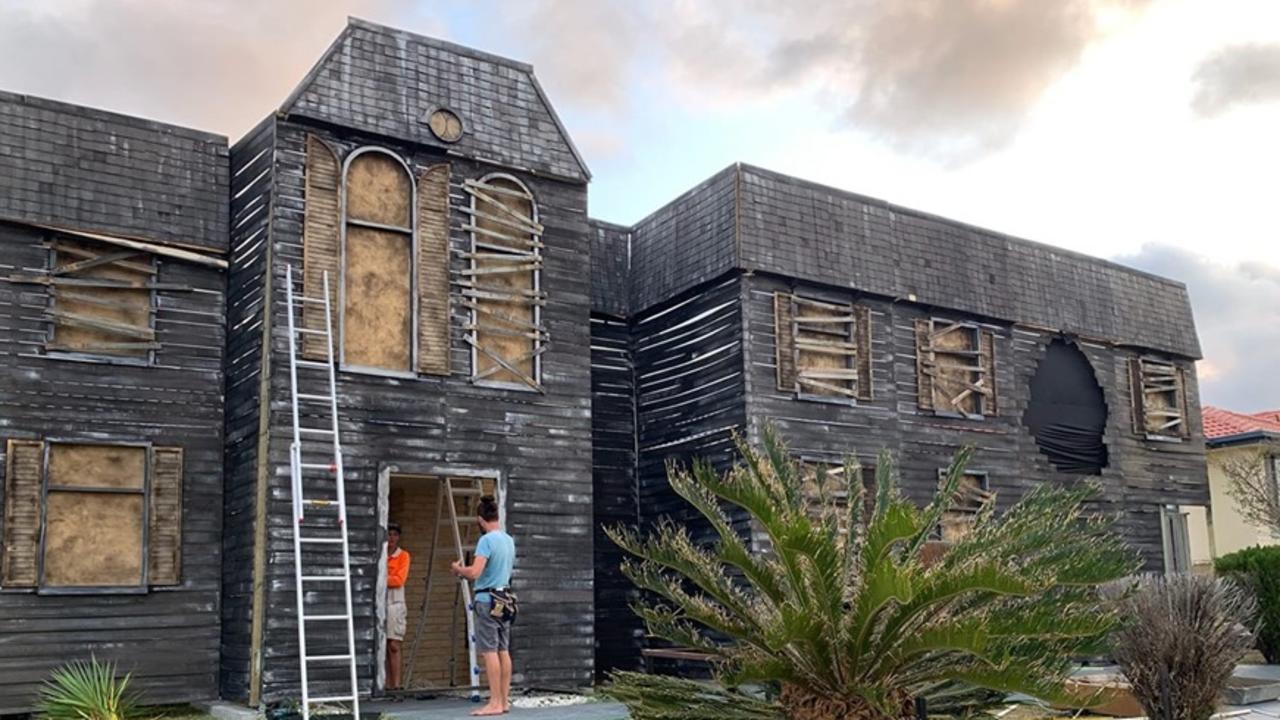Image Source: Google
Haunted houses have become a popular attraction during the Halloween season, offering thrilling experiences filled with scares and surprises. However, as the popularity of haunted houses continues to rise, so does the need for participants to sign waivers before entering. These waivers are not just a formality; they serve to protect both the haunted house operators and the visitors. In this article, we will explore the purpose of haunted house waivers, what they entail, and how understanding them can help conquer fear and liability.
The Purpose of Haunted House Waivers
Haunted house waivers are legal documents that participants must sign before entering the attraction. These waivers serve several important purposes:
1. Acknowledgment of Risks
- Participants acknowledge that they are aware of the potential risks associated with participating in a haunted house, including loud noises, flashing lights, sudden movements, and physical contact by actors.
2. Release of Liability
- Participants release the haunted house operators from any liability in the event of injury or harm during their visit. By signing the waiver, participants agree not to hold the operators responsible for any accidents.
3. Consent to Rules
- Participants agree to abide by the rules and regulations of the haunted house, including not touching the actors, not running, and following the designated path through the attraction.
Understanding Haunted House Waivers
Before signing a haunted house waiver, it is essential to understand what you are agreeing to. Here are some key points to keep in mind:
1. Read Carefully
- Take the time to read the waiver carefully and ask any questions you may have before signing. Make sure you understand the risks involved and what you are agreeing to.
2. Legal Language
- Haunted house waivers are written in legal language, so it is crucial to pay attention to the wording. If there is anything you do not understand, ask for clarification.
3. Personal Responsibility
- By signing the waiver, you are taking on personal responsibility for your safety during the haunted house experience. Be aware of your surroundings and follow the rules to minimize the risk of accidents.
Conquering Fear and Liability
Haunted houses are designed to evoke fear and excitement, but with the right knowledge, you can conquer both fear and liability. Here are some tips to help you navigate the haunted house waiver experience:
1. Awareness of Surroundings
- Stay alert and aware of your surroundings while inside the haunted house. Be mindful of potential hazards and follow the instructions given by the operators.
2. Respect the Actors
- Remember that the actors in the haunted house are there to entertain you. Respect their boundaries and do not touch or harass them during the experience.
3. Follow the Rules
- It is essential to follow the rules and guidelines provided by the haunted house operators. These rules are in place to ensure the safety of all participants.
Conclusion
Haunted house waivers play a vital role in protecting both operators and participants during these thrilling experiences. By understanding the purpose of the waivers and what they entail, you can navigate the haunted house experience with confidence and peace of mind. Remember to read the waivers carefully, take personal responsibility for your safety, and follow the rules to conquer fear and liability effectively.

